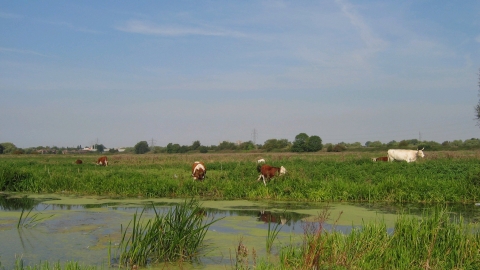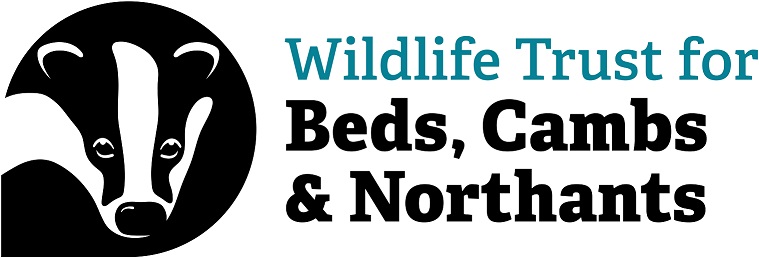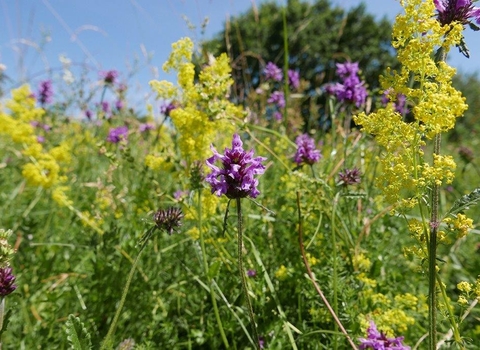Please note: Grazing livestock are now present on the meadows (15/5/25)

Stanground Wash
Know before you go
Dogs
When to visit
Opening times
Open at all timesBest time to visit
All year roundAbout the reserve
Separated from the rest of the Nene Washes by a railway line to the north and bounded by the river to the south, this reserve is a distinct part of the Nene Washes habitat. The grassland floods each winter, providing a shallow water winter refuge for waterfowl and nesting space for waders. In the summer, it is grazed by cattle to keep the vegetation low and create a sward of varied height that is favoured by nesting waders and insects.
The raised embankment is very free draining and with its patchwork of scrub and dry acidic grassland, dominated in places by lichen, is a rare habitat in Cambridgeshire. The network of water-filled shallow ditches host rare beetles. Along the Back River (a tributary of the River Nene) the ditches contain nationally scarce plants such as fringed waterlily, grass-wrack pondweed, and spined- loach, a rare European fish.
The site is very good for birds, so visitors may sit with binoculars and be lucky enough to see snipe, redshank and sandpiper, or catch a glimpse of a peregrine as it stirs alarmed waders into flight.
We mow and graze the meadows to encourage wildflowers, and control invasive thistles. We clear the ditches on a rotational basis and have recently modified some of them to create better wildfowl habitat by digging shallow pools and installing water control structures. To maintain the grassland area on the railway embankment, we occasionally clear the scrub there.
Additional information
- Caution: do not stray onto the train line.
- Scroll down to see the reserve boundary. Please note the boundary map is for indication purposes only and does not show the Wildlife Trusts definitive land boundary.
FOR ANY MEDIA ENQUIRIES PLEASE CONTACT OUR COMMUNICATIONS TEAM: communicationsteam@wildlifebcn.org or 01954 713500 and ask for comms team.

